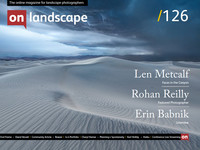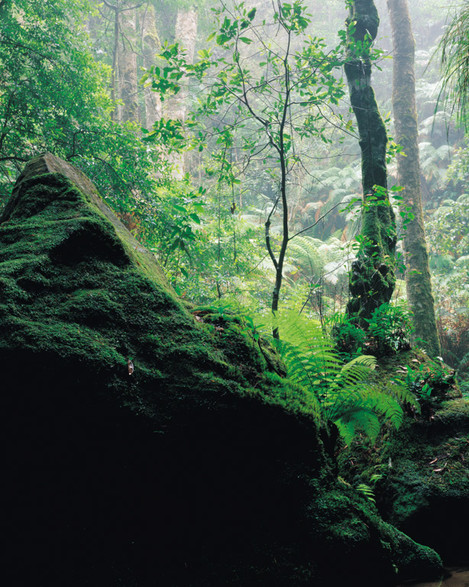Wetsuits and Pelicans in the Blue Mountains

Len Metcalf
Len is a photography educator and art teacher. He is the director of Len's School located in Sydney, Australia, which offers a wide range of online courses from year-long photography masterclasses to shorter composition and drawing courses. Len’s School offers innovative small group workshops and tours for dedicated amateur photographers who wish to grow.
Len publishes Len’s Journal which celebrates creative photography quarterly and is only available via subscription.
Len exhibits his photography regularly and is widely published. His intimate portraits of people and nature show a unique and very personal vision of the beauty of the world though his photographic art.
The late start was inevitable. The decision to go and photograph this canyon was made in the small hours whilst playing that final round of pool over a few too many beers.
Jamie, an accomplished volunteer and dear friend offered to accompany me. This sealed the deal. It would become the next days mission.
Canyoning in the Blue Mountains is a very cold, wet experience. Bracingly cold. Physically demanding, involving wetsuits, dry bags, waterproof Pelican boxes and some considerably long walks and what seems like never-ending swims.
All with a heavy wet pack. We often use air mattresses to paddle on, but I have found with so much in pack it has enough buoyancy to keep me afloat. At least this canyon didn’t need the climbing harness, helmets or abseil ropes.
Choosing the camera was easy, take the smallest toughest one you have, and pack just one lens. Better make it a light weight one in one of your favoured focal length. So in this instance it was a 1950’s 4 x 5 metal field camera, a Linhof Technica III. I had already surgically removed the rangefinder to shed a few more ounces of weight. The lens was a small crisp Fuji W 135mm f5.6 lens. It all folds up neatly into a small package, yet is feels a bit like a brick. It has a few moderate movements, a tiny bit of tilt activated by dropping the bed. It has some swing, and I have often threatened to have a Arca Swiss standard dovetail attached to the side so I can mount it sideways so I can use the swing as tilt.
I had been using colour transparency exclusively for the past couple of years and had only worked in the canyons with these films previously. They do make it slightly harder with their limited latitude. You have to learn to embrace the blacks. The first visits were in 1988 when I tackled Claustral Canyon over three days with a large format camera, wetsuit, abseil ropes and overnight camping gear (that trip finished with a 75 pound pack, transparencies I had to print them with contrast reducing masks on Cibachrome and an art school portfolio worthy of high distinctions, but that is another story for another time).


